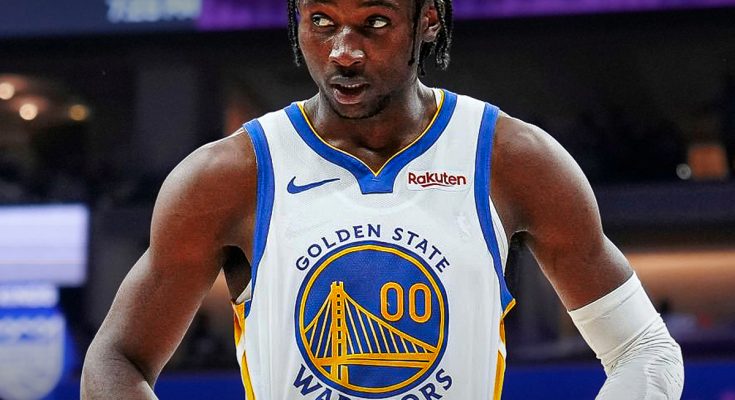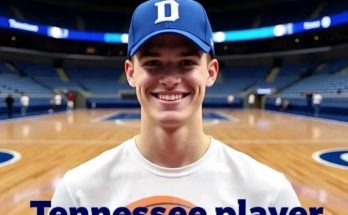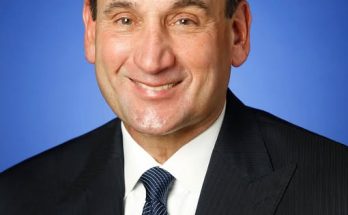The relationship between the Golden State Warriors and Jonathan Kuminga has entered a strange, almost eerie phase. On the surface, there are no outbursts, no dramatic public confrontations, and no leaks of nasty exchanges. But behind the scenes, there is silence—an uncomfortable quiet that feels more threatening than any shouting match could. It is the kind of silence that suggests distance, mistrust, and the possibility that two sides who were once bound together by optimism now stand on the edge of an uncertain future. For the Warriors, who are trying to balance their commitment to winning now with the slow but necessary transition into a new era, this stalemate with Kuminga is a dangerous game. For Kuminga, who turned down a two-year, $45 million offer, it is a moment of leverage, a test of patience and belief in his own potential value. Whether this silence leads to a deal or a breakup may ultimately define the next chapter of Golden State basketball.
Kuminga’s situation is not an ordinary negotiation. It’s not just about the numbers on the page or the size of the check. The Warriors made an offer that would have paid him generously and given him financial security, yet he declined. That tells the entire story in one move—this is about more than money. This is about role, trust, and what comes next in a career that is just beginning to bloom. The 21-year-old forward is not content to simply be a piece on the margins of Golden State’s plans. He wants to know he is central to their vision. He wants to know that his role will grow, not shrink, and that his talent won’t be wasted behind aging stars or misplaced in a system that sometimes feels allergic to change. For a player of Kuminga’s skill set—athleticism, versatility, and a developing scoring touch—these questions are not small details. They are everything.
Golden State, meanwhile, is trapped in the middle of two competing realities. On one side, they have Steph Curry, still brilliant, still capable of carrying them to heights that most franchises can only dream of. Curry is not only the face of the Warriors but the heartbeat of their success, and the front office knows that every decision must be filtered through the question: does this help maximize the rest of Steph’s prime? On the other side, they have the inevitability of time. Curry is 37 years old. Draymond Green, who has already shown signs of wear, is not far behind. Klay Thompson, even if he remains with the team, is no longer the player he once was. The next era of Warriors basketball cannot be delayed forever, and Kuminga was supposed to be a bridge to that future.
But here lies the dilemma. The Warriors have not fully committed to him in the way a young star wants to feel committed to. His minutes have fluctuated wildly in past seasons, and his role in the offense has often seemed secondary to the veterans who dominate decision-making on the floor. He has had stretches of explosive productivity, showing flashes of stardom, only to find himself sidelined or reduced to spot duty when the games tightened up. From Kuminga’s perspective, this inconsistency sends a clear message: Golden State doesn’t trust him the way he trusts himself. From Golden State’s perspective, his youth and occasional lapses in decision-making make it difficult to hand him the keys when the stakes are highest. That tug-of-war has created a rift, and the current silence is proof of how far apart the two sides feel.
The qualifying offer only raises the tension. It gives Kuminga the nuclear option: play out one more year in Golden State, bet on his own continued rise, and then walk into unrestricted free agency, free to choose any destination without the Warriors holding matching rights. Few players actually take this path, but the threat of it looms large. If Kuminga believes his value will only grow—if he believes he’s on the cusp of a breakout season—then declining an extension now and waiting for unrestricted freedom could set him up for a payday far beyond what Golden State is offering. For the Warriors, the risk is obvious: lose one of their most promising young players for nothing, all because they hesitated to show faith at the right time.
This standoff is as much psychological as it is financial. Kuminga’s camp knows that the Warriors are vulnerable. They know the front office is under pressure to keep the team competitive for Curry’s sake, while also building a foundation for the future. They know that losing Kuminga would be a crushing blow, not just in talent but in optics—a public admission that the franchise failed to develop and retain the player who was supposed to represent the next chapter. They also know that other teams around the league are watching closely, waiting for the chance to swoop in and offer Kuminga the opportunity and role he craves. The silence, in other words, is strategic. For Kuminga, it is power.
Golden State has been in standoffs before, but this one feels different. When Kevin Durant left, the franchise knew it was losing a superstar but also knew it could pivot around its existing core. When Draymond Green or Klay Thompson entered contract disputes, the organization always knew that Curry’s presence would smooth things over. With Kuminga, however, the Warriors are dealing with something far more delicate: a young player who has not yet peaked, who could very well blossom into an All-Star, but who is not convinced the team that drafted him truly sees him as essential. That kind of disconnect, left unresolved, rarely ends well.
What makes this even more complex is the Warriors’ shifting identity. They are no longer the league’s darlings, the team that redefined basketball with joy and ball movement. They are now older, heavier, burdened by expectations, and struggling to balance nostalgia with pragmatism. Every decision they make is scrutinized as either honoring the dynasty or clinging too tightly to a past that can’t be recreated. Kuminga’s situation cuts to the heart of this identity crisis. Extending him aggressively would be a statement that the Warriors are committed to evolution. Letting the standoff fester would suggest a franchise unable to fully let go of the past.
And so the silence continues. Weeks have passed without meaningful dialogue, without a sign of compromise. The longer it drags on, the more it feels like both sides are testing how far the other is willing to go. Will the Warriors cave and sweeten their offer, perhaps not just with money but with assurances of role and trust? Will Kuminga blink and decide that security now is worth more than the gamble of waiting? Or will this truly become the beginning of a breakup, the slow unraveling of a relationship that never fully blossomed?
Fans are left in limbo, torn between frustration and fear. They see Kuminga’s talent and understand why he wants more. They also see the Warriors’ history of winning and understand why the front office hesitates to hand the reins too quickly. But they also know that silence is rarely good in these situations. It breeds speculation, suspicion, and resentment. Already, rumors are swirling about teams monitoring Kuminga’s availability, from rebuilding franchises hungry for star power to contenders hoping to inject youth and energy. Each day without progress feels like one step closer to an inevitable fracture.
In the end, the question is simple but brutal: is this the calm before a deal, or the calm before a storm? For Golden State, the decision will shape not only their future roster but their legacy as a dynasty that knew when to adapt. For Kuminga, the choice will determine whether he becomes the next Warriors star or the one who got away, thriving elsewhere as Golden State fades into memory. The silence is not just silence—it is the sound of two sides standing on the edge of history, waiting to see who moves first.
And until that move comes, the silence will remain deafening, a cold war in the Bay that could either thaw into resolution or explode into a breakup that changes everything.



